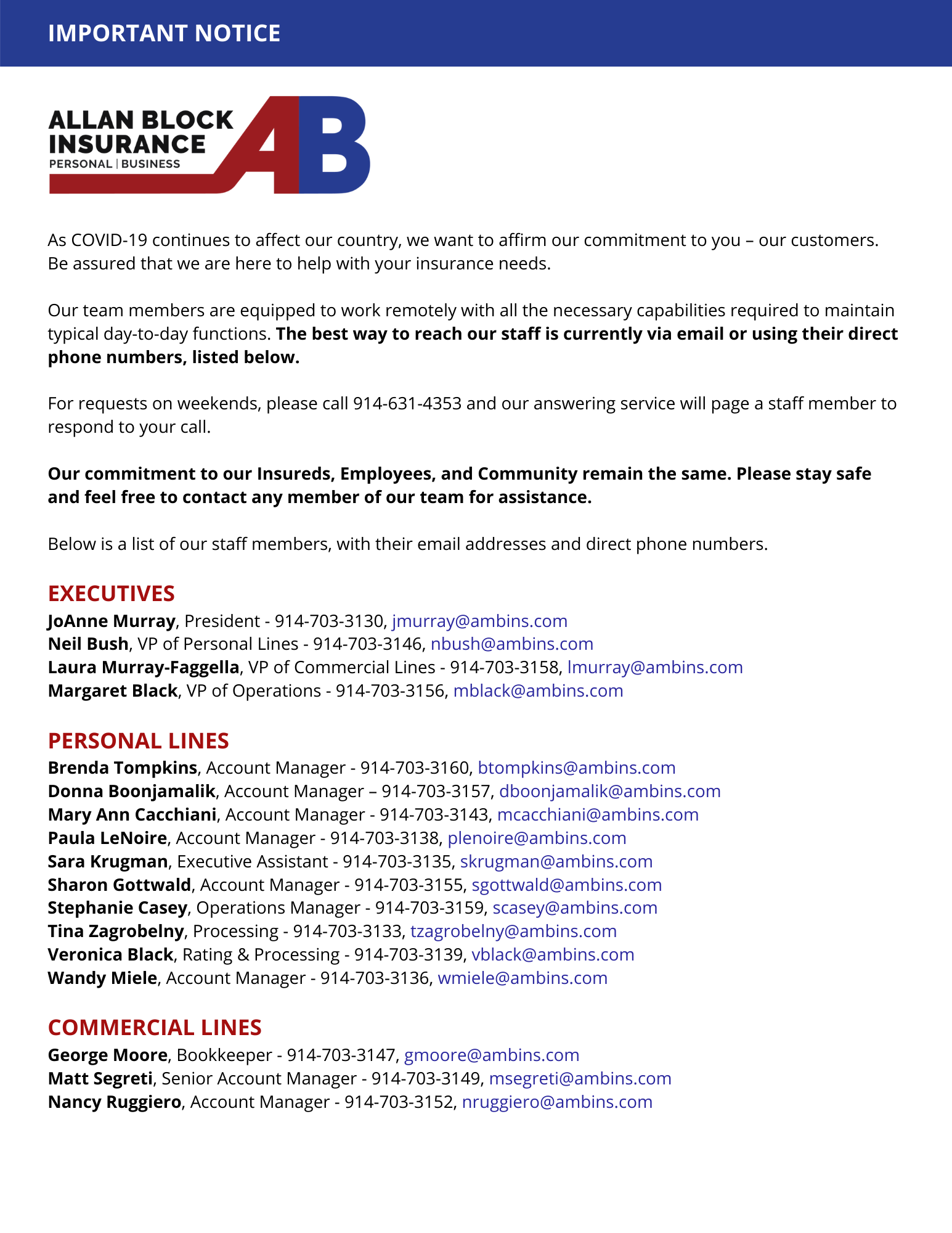If you were taken ill for a year or injured outside of work, requiring a yearlong hiatus from employment, could you survive the loss of income?
Maybe your health insurance would pay for most of your treatment costs,
but who would pay the mortgage and utilities?
If your injury or illness isn’t caused by your work, you won’t have workers compensation insurance to turn to. Your best—and possibly only—income protection would come from disability insurance. Individual disability insurance kicks in after a specified waiting period and pays you a portion of your normal income to help you get through your downtime without losing your home or racking up large credit card bills.
There are two basic kinds of disability insurance: short-term and long-term. A short-term policy typically covers a portion of your income for three to six months and has a short waiting period before benefits kick in—sometimes just two weeks. It is meant to help you with cash flow until either you are ready to go back to work or a longer-term solution is implemented. That could be a structured settlement with an insurer if you were injured in a car accident or some other incident where someone else is financially liable. Or it could be a long-term insurance solution, such as Social Security disability or a private disability insurance policy.
A long-term disability policy can be structured to pay for decades but requires a longer waiting period before payments begin—typically three to six months. You can opt for partial disability coverage as well as full disability, so talk to your financial advisor about the benefits and costs of each. No matter what you pick, you will be taking a good step in protecting your income flow should you become disabled.



